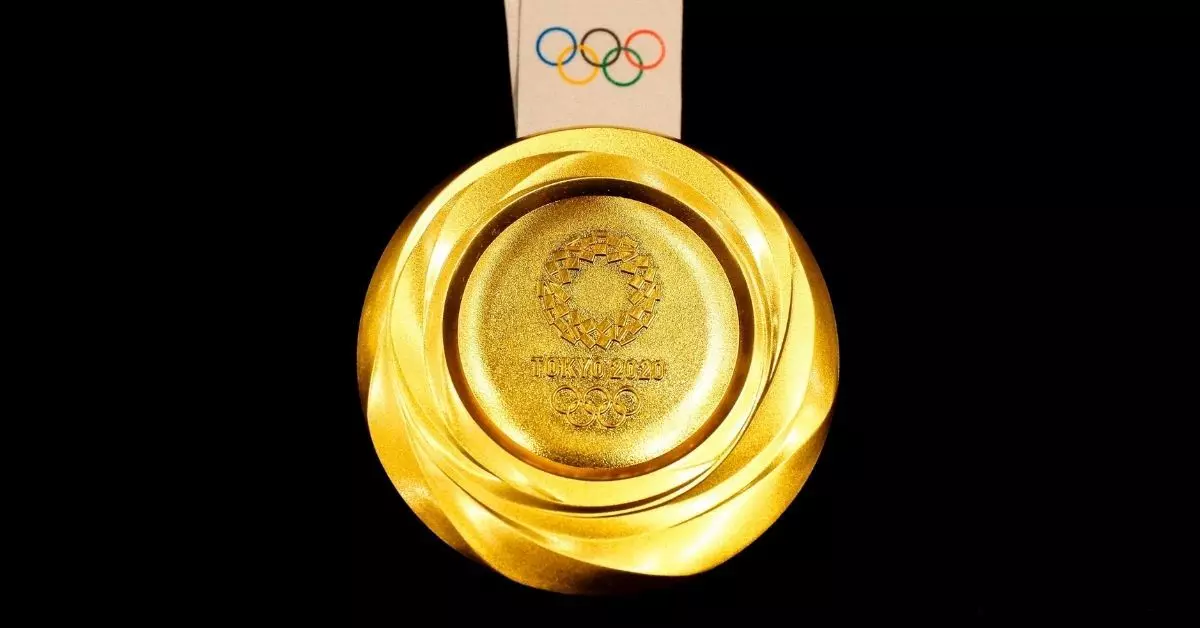Tokyo 2020
Are the Olympic medals made of solid gold?
An inquiry in the amount of gold, silver and bronze that goes into the making of the respective medals

Remember that scene right towards the climax of Chak de India, Shahrukh Khan's Kabir Singh sits in the rain holding his silver medal, hoping that he would not have to sell it in the coming months? Well, let me tell you, it would not have earned him much money even if it was a gold medal instead of a silver medal. Yes, those shining gold medals are not actually 'real'!
Each Olympic hosting city decides on a unique design and mints the medals. According to the official website for the Tokyo Olympics, the Tokyo 2020 committee had organized a competition open to professional and design students to design the medals. The final design that they chose "resemble rough stones that have been polished and now shine, with 'light' and 'brilliance' their overall themes", declares the official website. The surface reflects myriad patterns of light, which indicates the energy of the "athletes and those who support them". The 'brilliance' of the medals stands for the diversity of the people and the unity that sports bring.
The regular stipulations:
- The gold medal is at least 60 mm in diameter.
- Each Olympic gold medal is at least 3 mm thick.
- The name of the Olympic sport is written on the medal.
The authorities had the additional demand of:
- Nike, the Greek goddess of victory, in front of the Panathinaikos Stadium.
- The official name of the respective Games, in this case, Games of the XXXII Olympiad Tokyo 2020.
- The Olympic five rings symbol.
Other than these stipulations, the International Olympic Committee mandates that the Gold medals "must be gilded with at least 6 grams of gold", meaning that they contain only 1.34% of gold while 92.5% of silver. The 2018 Pyeongchang Olympics gold medals had weighed twice as heavy as those awarded at the Rio Olympic 2016. The Rio Olympics gold medals were made 99% of silver and contained only 6 grams of real 24-carat gold. The Investopedia website calculates that the actual value of the 2018 Pyeongchang Olympics would be about $606 during the Games, while the 2016 Rio Olympics would be around $532 (calculated at 2018 base prices).
Solid gold medals were last awarded in 1912 in Stockholm, Sweden. The tradition was discontinued after World War I due to war-induced shortages. Interestingly, gold medals were not awarded to the first place holders in the initial Olympic games. Until 1896, the first place holders were awarded silver medals and the runner up a copper medal. Trophies and cups were awarded at the next summer Olympics, and it was only in 1904 that the first place holder was rewarded with a gold medal.
The medals of the 2020 Tokyo Olympics are unique because, keeping in mind the environmental concerns, the Olympic Committee has decided to manufacture all medals from 100% recyclable materials. By March 2019, the committee had announced that it had been successful in procuring 30.3 kg of gold, 4,100 kg of silver, and 2,700 kg of bronze, mostly from used consumer electronics.
